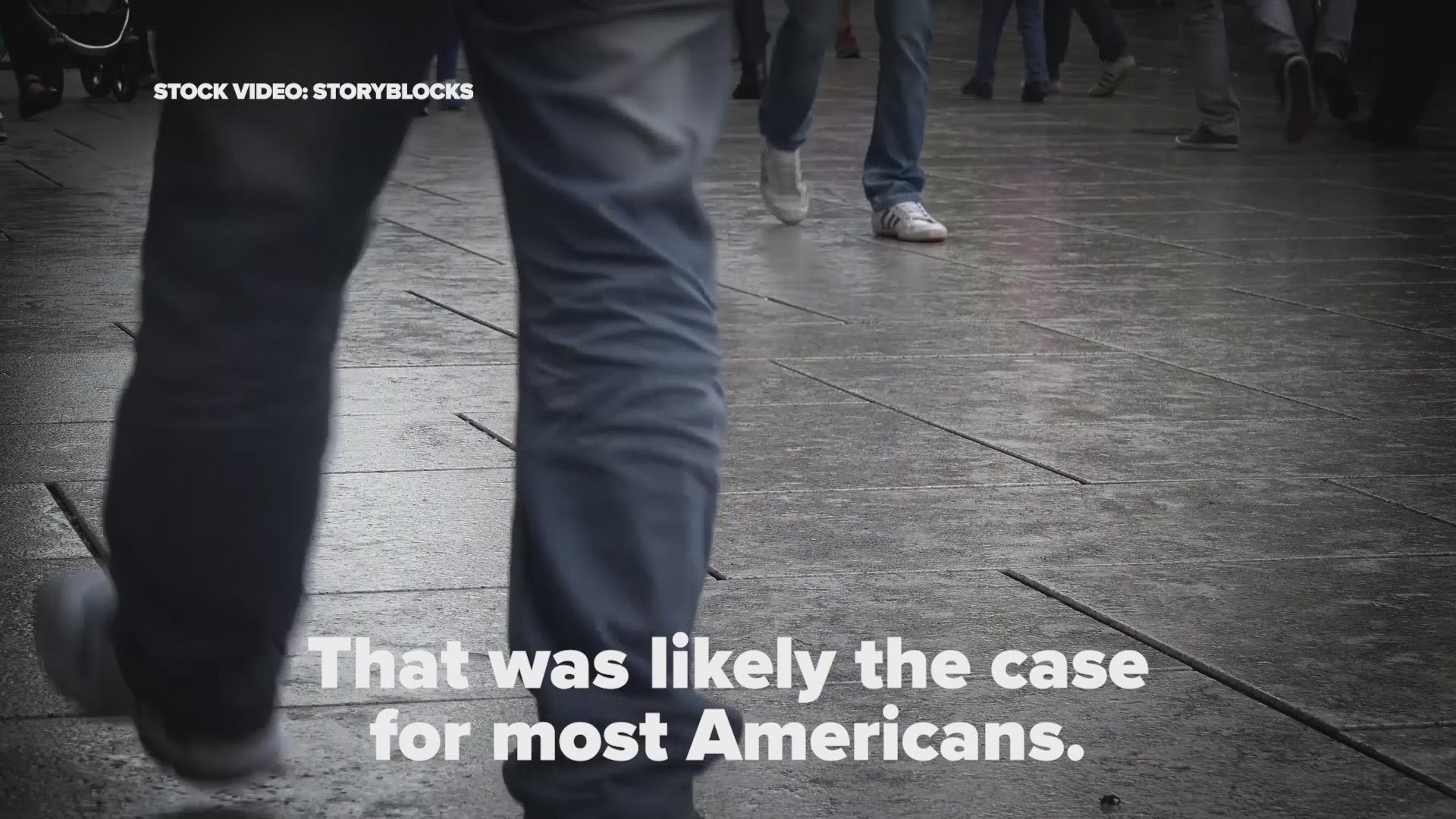WASHINGTON — The Centers for Disease Control and Prevention updated its guidance on when it's safe to leave isolation for anyone who has been sick with the coronavirus.
Individuals should stay away from others until they've gone at least three days with no fever, have seen symptoms improve, and until it's been 10 days since they first noticed symptoms, the guidance said.
The CDC said it's important to stay home and away from other people if you have, or think you have, COVID-19.
"Depending on your healthcare provider's advice and availability of testing, you might get tested to see if you still have COVID-19. If you will be tested, you can be around others when you have no fever, symptoms have improved, and you receive two negative test results in a row, at least 24 hours apart," the CDC said.
If someone tests positive for the virus but shows no symptoms, the CDC says they can be around others 10 days after the test. However, people with conditions that weaken their immune system might need to stay home for longer than the 10-day recommendation.
"Talk to your healthcare provider for more information. If testing is available in your community, it may be recommended by your healthcare provider. You can be with others after you receive two negative test results in a row, at least 24 hours apart," the new CDC guidance said.
People who are exposed to someone with the virus need to stay home for at least 14 days, according to the CDC, since the symptoms can take that long to develop.
However, if someone has emergency warning signs, including trouble breathing, the CDC says to get emergency medical care immediately.
The CDC also updated its guidance on using public transit and rideshares as states begin to loosen restrictions and reopen businesses, schools and shops. The guidance is consistent with other advice on preventing infections, but one difference is opening windows when possible to improve air circulation.
"Limit touching frequently touched surfaces such as kiosks, digital interfaces such as touchscreens and fingerprint scanners, ticket machines, turnstiles, handrails, restroom surfaces, elevator buttons, and benches as much as possible," the guidance said. "Use touchless payment and no-touch trash cans and doors when available. Exchange cash or credit cards by placing them in a receipt tray or on the counter rather than by hand, if possible."
It added: "If you must touch these surfaces, as soon as you can, wash your hands for 20 seconds with soap and water or rub your hands with sanitizer containing 60% alcohol."
Social distancing is also important in cars and public transportation, the CDC said.
"During travel, try to keep at least 6 feet (2 meters) from people who are not in your household — for example, when you are waiting at a bus station or selecting seats on a train."

